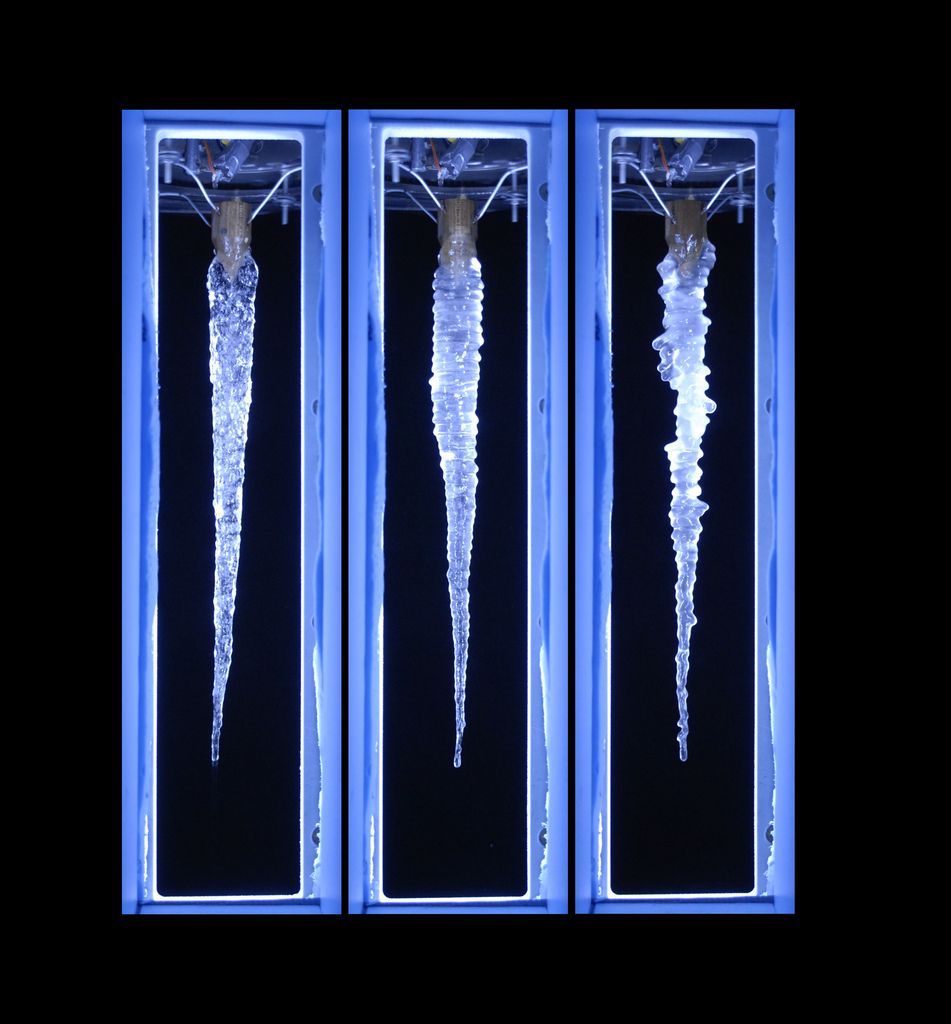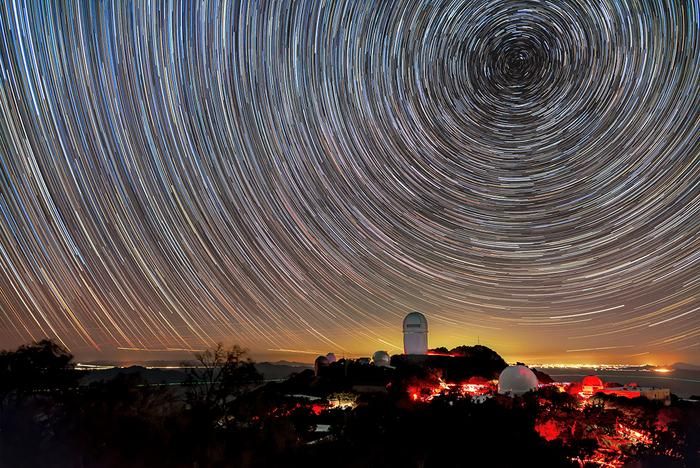Treasure Trove of Icicle Images To Go Online

DENVER — Next time a polar vortex dips into your neighborhood, take a close look at the icicles. You'll notice they are covered in ripples.
This right-in-front-of-your-nose phenomenon is largely mysterious, as researchers reported last October in The New Journal of Physics. Impurities in the water seem to explain the shape — icicles made with distilled water don't ripple — but everything study researcher and University of Toronto physicist Stephen Morris has tried to do to change the length of the ripples has failed. No matter what, each ripple has a length of 0.4 inches (1 centimeter). And no one knows why.
"There are some theories, but they don't seem to be right," Morris told Live Science.
Now, Morris is creating a free and open database of images of more than 250 lab-grown icicles that will go online in the next several months. He doesn't know how people will use this icicle treasury — perhaps to solve the ripple mystery, or perhaps to create better computer graphics for movies like Disney's recent "Frozen." [Icy Images: A Gallery of Lab-Grown Icicles]
"I expect these things to turn up on Christmas cards or as Christmas tree ornaments," Morris said here Wednesday (March 5) at the March meeting of the American Physical Society.
Morris made headlines late last year with a study finding that distilled water makes smooth icicles, while even a miniscule amount of sodium chloride (table salt) creates rippled icicles. The researchers use a kegerator-sized fridge chilled to minus 15 or 20 degrees Celsius. They send water through the top of the fridge at a certain rate and watch the icicles grow. A 2-foot-long (65 centimeters) icicle takes about eight hours to form.
As the icicle grows, the researchers take photos of all sides of it, creating a huge database of images that show how the ice builds. They've tried altering the temperature, flow rate, and amount of salt and found no changes in how the ripples form. Even altering the surface tension of the water by adding soap seems to have little effect, Morris said.
Sign up for the Live Science daily newsletter now
Get the world’s most fascinating discoveries delivered straight to your inbox.
Most likely, the secret to the icy formation has something to do with the fact that the ice in an icicle isn't all ice, he said. Water that forms icicles is supercooled, meaning it's colder than freezing. In hailstones and ice that forms on power lines, this supercooled water makes "spongy ice," Morris said. Not all of the water freezes solid. Some gets quarantined as a liquid in little icy compartments.
"It's not just ice, it's as ice-water mixture," Morris said. "The theories that have been made of icicle ripples don't take this into account."
The findings might help computer animators make more realistic depictions of icicles, which is also likely the most immediate benefit of getting the database, known as the Icicle Atlas, online, Morris said. The formation of ice is also an engineering problem, given that ice building up on structures and ships can be quite dangerous, he said.
"We've got all this data," Morris said. "There's no point in keeping it secret."
Follow Stephanie Pappas on Twitter and Google+. Follow us @livescience, Facebook & Google+. Original article on Live Science.

Stephanie Pappas is a contributing writer for Live Science, covering topics ranging from geoscience to archaeology to the human brain and behavior. She was previously a senior writer for Live Science but is now a freelancer based in Denver, Colorado, and regularly contributes to Scientific American and The Monitor, the monthly magazine of the American Psychological Association. Stephanie received a bachelor's degree in psychology from the University of South Carolina and a graduate certificate in science communication from the University of California, Santa Cruz.












